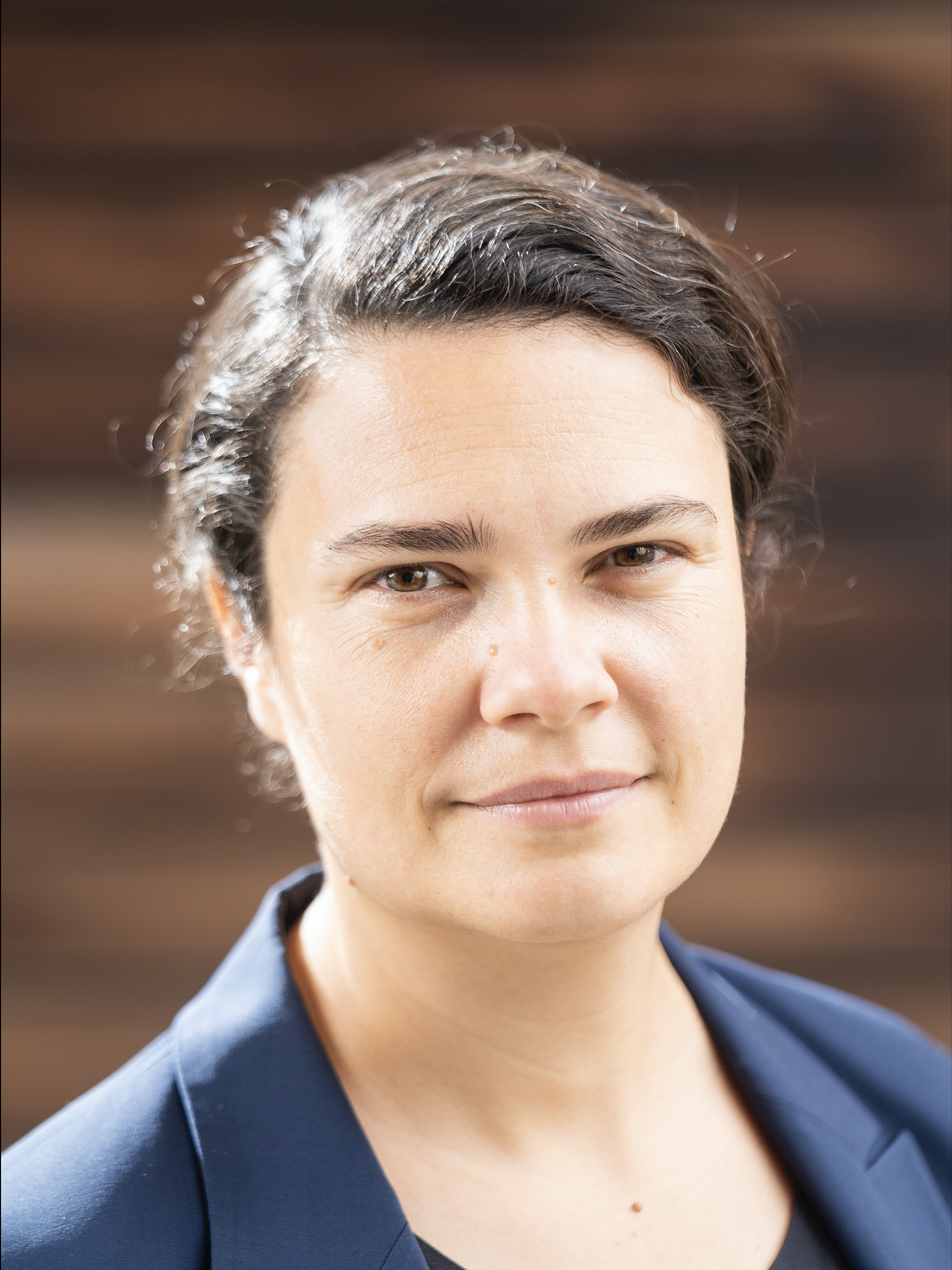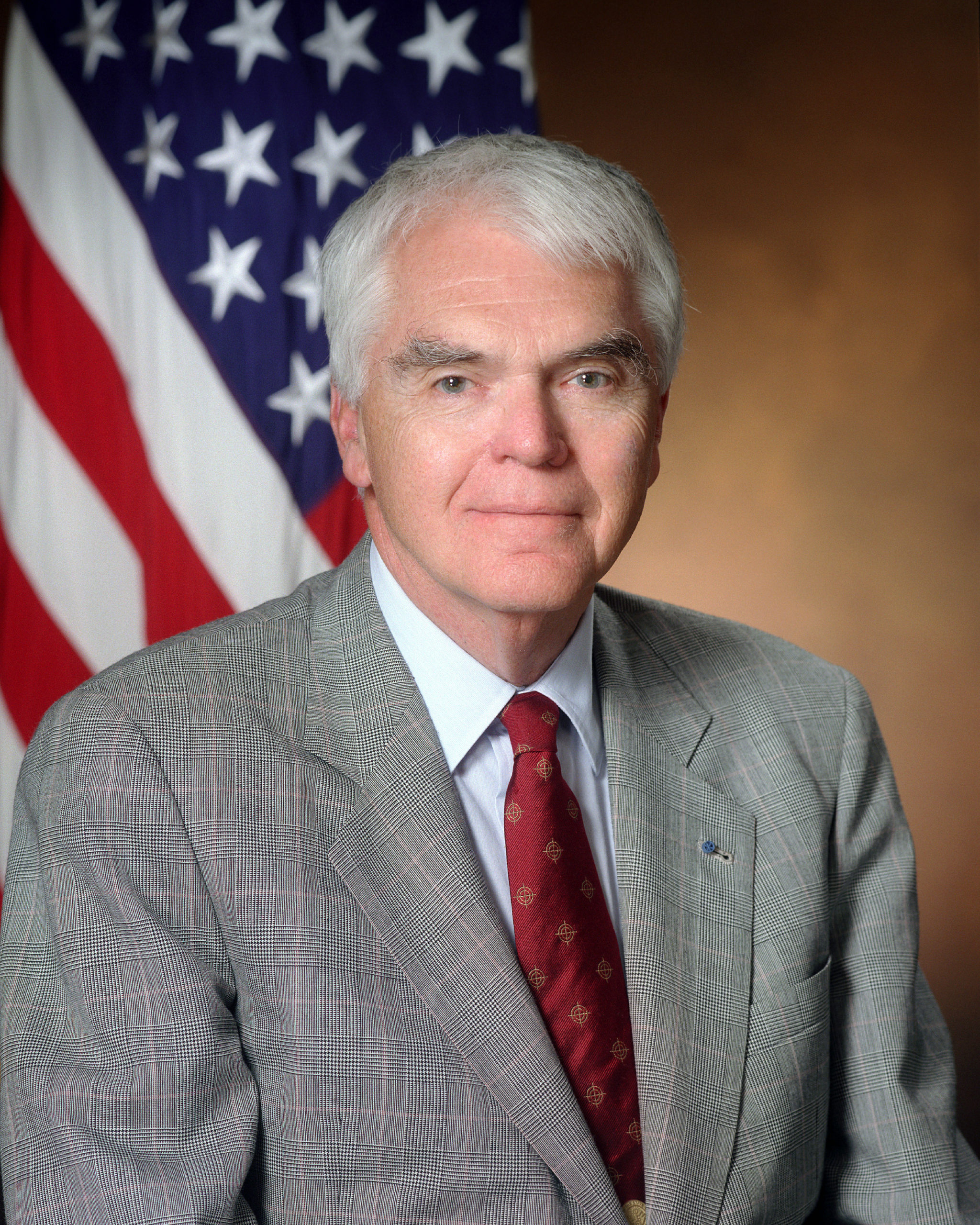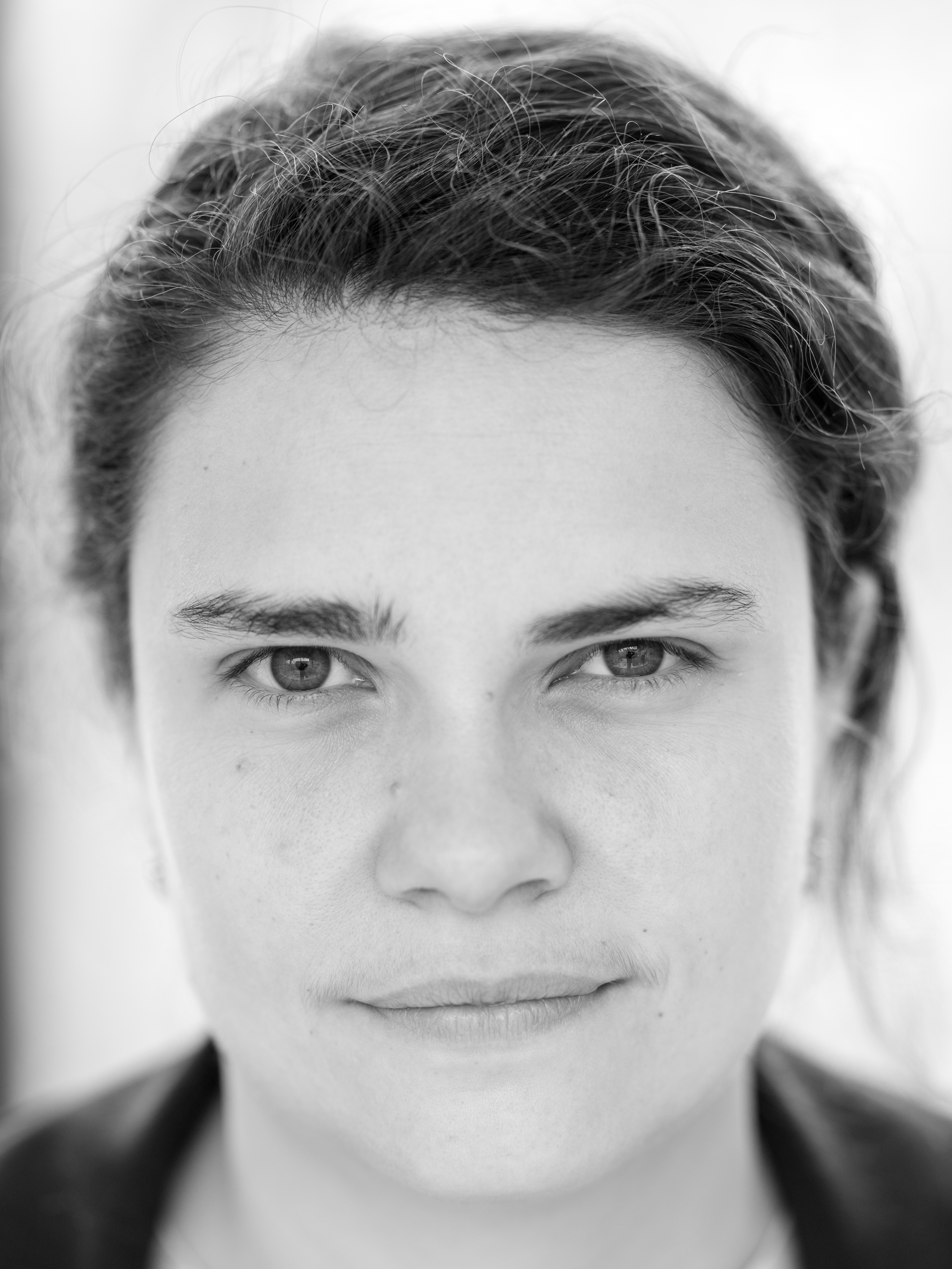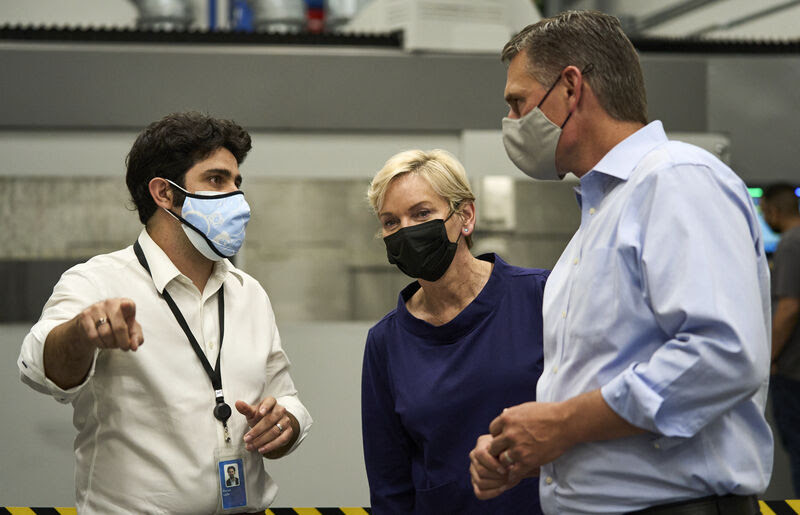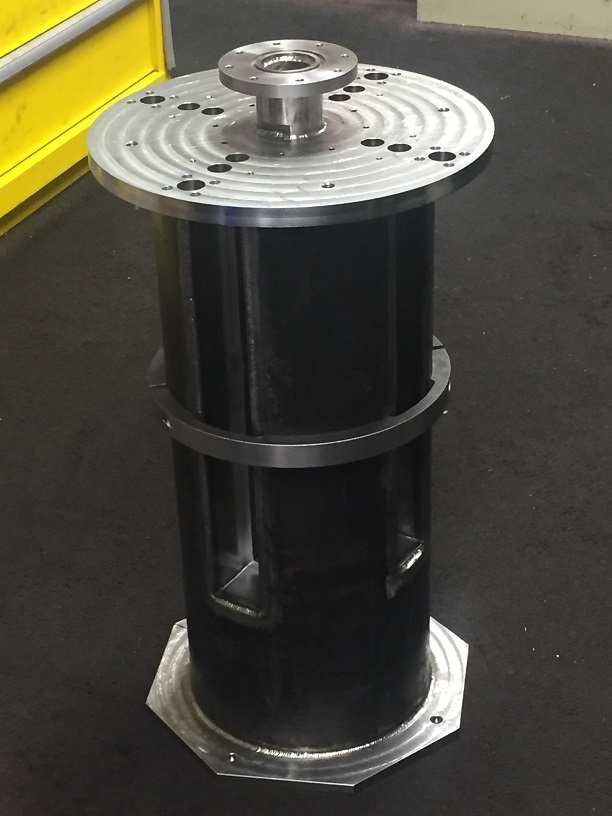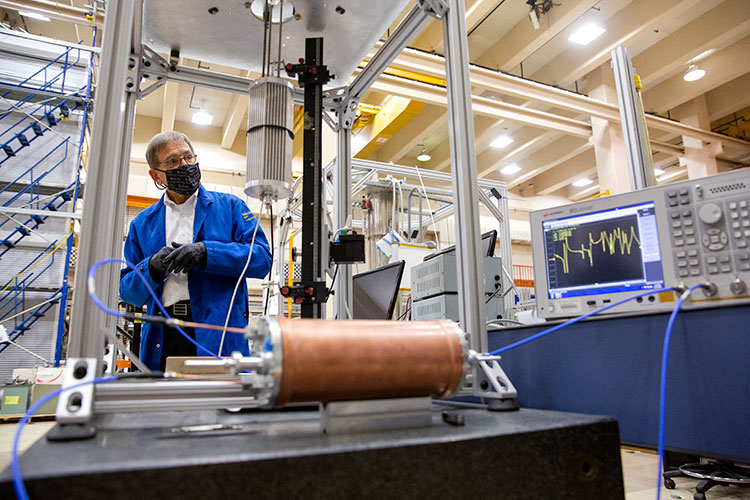Alumni News
Raluca Scarlat Selected for U.S. Department of Energy’s Nuclear Advisory Team
Raluca Scarlat Selected for U.S. Department of Energy’s Nuclear Advisory Team February 9th, 2022 Raluca…
Hi Vo, our former grad student and NSSC fellow awarded a LANL directors funded post doc.
Hi Vo, our former grad student and NSSC fellow awarded a LANL directors funded post…
With great sadness of the passing of Hans Mark
With great sadness of the passing of Hans Mark January 5th, 2022 Hans Mark, who…
UCBNE Graduate Student Jaewon Lee Wins 3rd Place at IEEE Nuclear Science Symposium and Medical Imaging Conference
UCBNE Graduate Student Jaewon Lee Wins 3rd Place at IEEE Nuclear Science Symposium and Medical…
Three UCBNE Alumni Receive NSSC Awards
Three UCBNE Alumni Receive NSSC Awards September 3rd, 2021 From Left to Right: Hi Vo,…
Raluca Scarlat awarded the ANS Mary Jane Oestmann Professional Women’s Achievement Award
Raluca Scarlat awarded the ANS Mary Jane Oestmann Professional Women’s Achievement Award August 25th, 2021…
NE Graduate Austin Lo featured in the Titans of Nuclear Podcast
NE Graduate Austin Lo featured in the Titans of Nuclear Podcast August 23, 2021 Austin…
Secretary of Energy Visits Kairos Power
Secretary of Energy Visits Kairos Power August 21st, 2021 On August 18, Kairos Power welcomed…
SHERMAN: A UCBNE MEng Capstone Project Now Developed at LANL
SHERMAN: A UCBNE MEng Capstone Project Now Developed at LANL March 12, 2021 A former…
UCBNE Researchers and the search for Dark Matter
UCBNE Researchers and the search for Dark Matter February 12, 2021 UCBNE Professor Karl van…
- « Previous
- 1
- 2
- 3
- Next »
